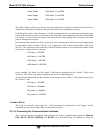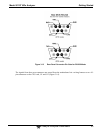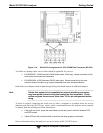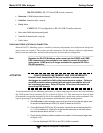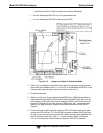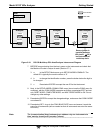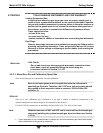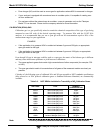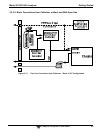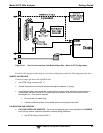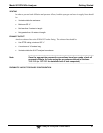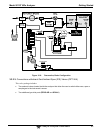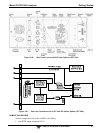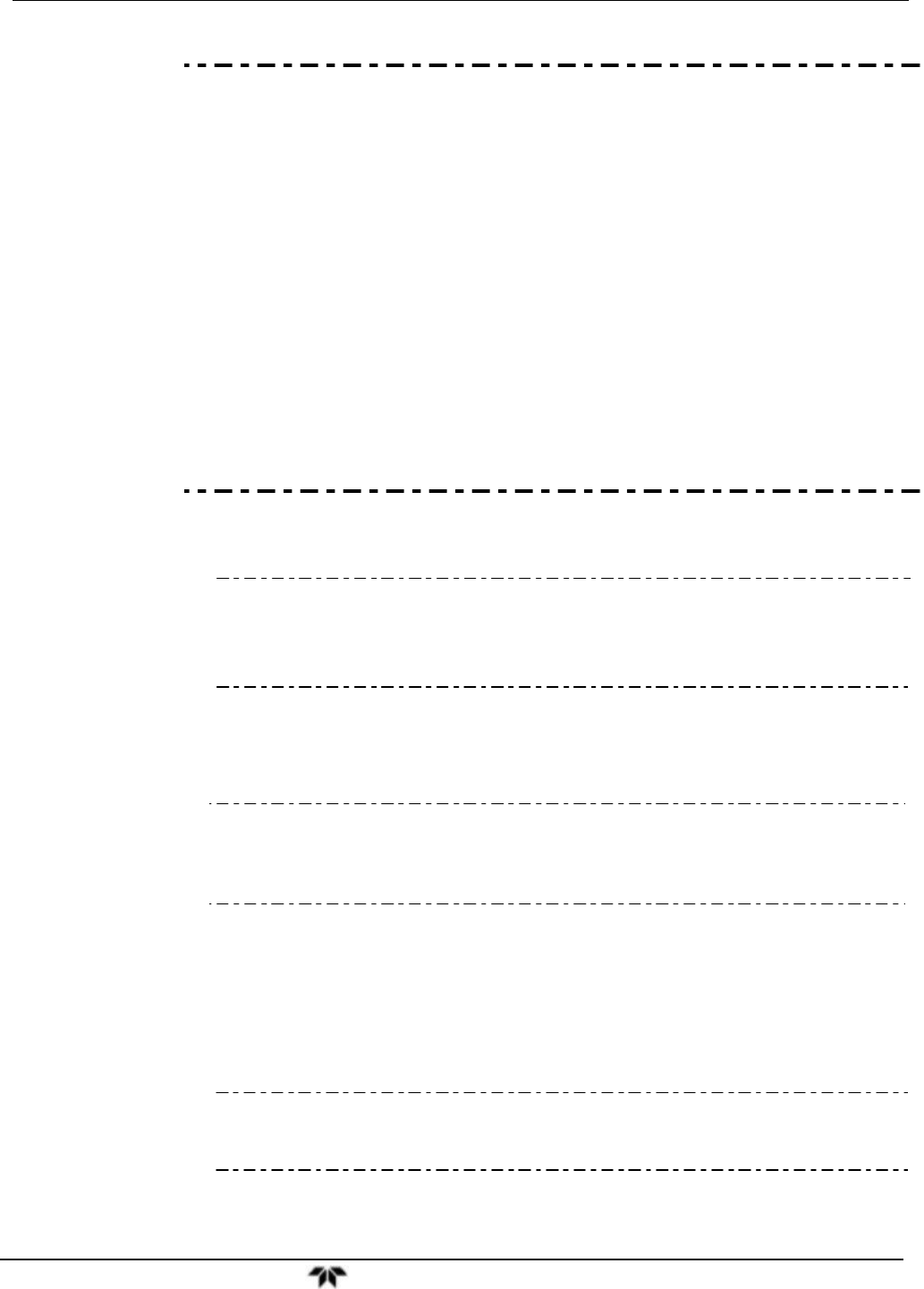
Model 9110T NOx Analyzer Getting Started
Teledyne Analytical Instruments 56
ATTENTION
COULD DAMAGE INSTRUMENT AND VOID WARRANTY
Venting Pressurized Gas:
In applications where any gas (span gas, zero air supply, sample gas) is
received from a pressurized manifold, a vent must be provided to equalize
the gas with ambient atmospheric pressure before it enters the analyzer to
ensure that the gases input do not exceed the maximum inlet pressure of
the analyzer, as well as to prevent back diffusion and pressure effects.
These vents should be:
• at least 0.2m long
• no more than 2m long
• vented outside the shelter or immediate area surrounding the instrument.
Dust Plugs:
Remove dust plugs from rear panel exhaust and supply line fittings before
powering on/operating instrument. These plugs should be kept for reuse in
the event of future storage or shipping to prevent debris from entering the
pneumatics.
IMPORTANT
Leak Check:
Run a leak check once the appropriate pneumatic connections have
been made; check all pneumatic fittings for leaks using the
procedures defined in Section 11.3.12.1.
3.3.2.1. About Zero Air and Calibration (Span) Gas
Zero air and span gas are required for accurate calibration.
Note Zero air and span gases must be supplied at twice the instrument’s
specified gas flow rate. Therefore, the 9110T zero and span gases should
be supplied to their respective inlets in excess of 1000 cc3/min (500
cc3/min x 2).
ZERO AIR
Zero air or zero calibration gas is defined as a gas that is similar in chemical composition to the
measured medium but without the gas to be measured by the analyzer.
For the 9110T this means zero air should be devoid of NO, NO
2
, CO
2
, NH
3
or H
2
O vapor.
Note Moderate amounts of NH3 and H2O can be removed from the sample gas
stream by installing the optional sample gas dryer/scrubber (see Section
3.3.2.6).
If your application is not a measurement in ambient air, the zero calibration gas should be matched
to the composition of the gas being measured.



